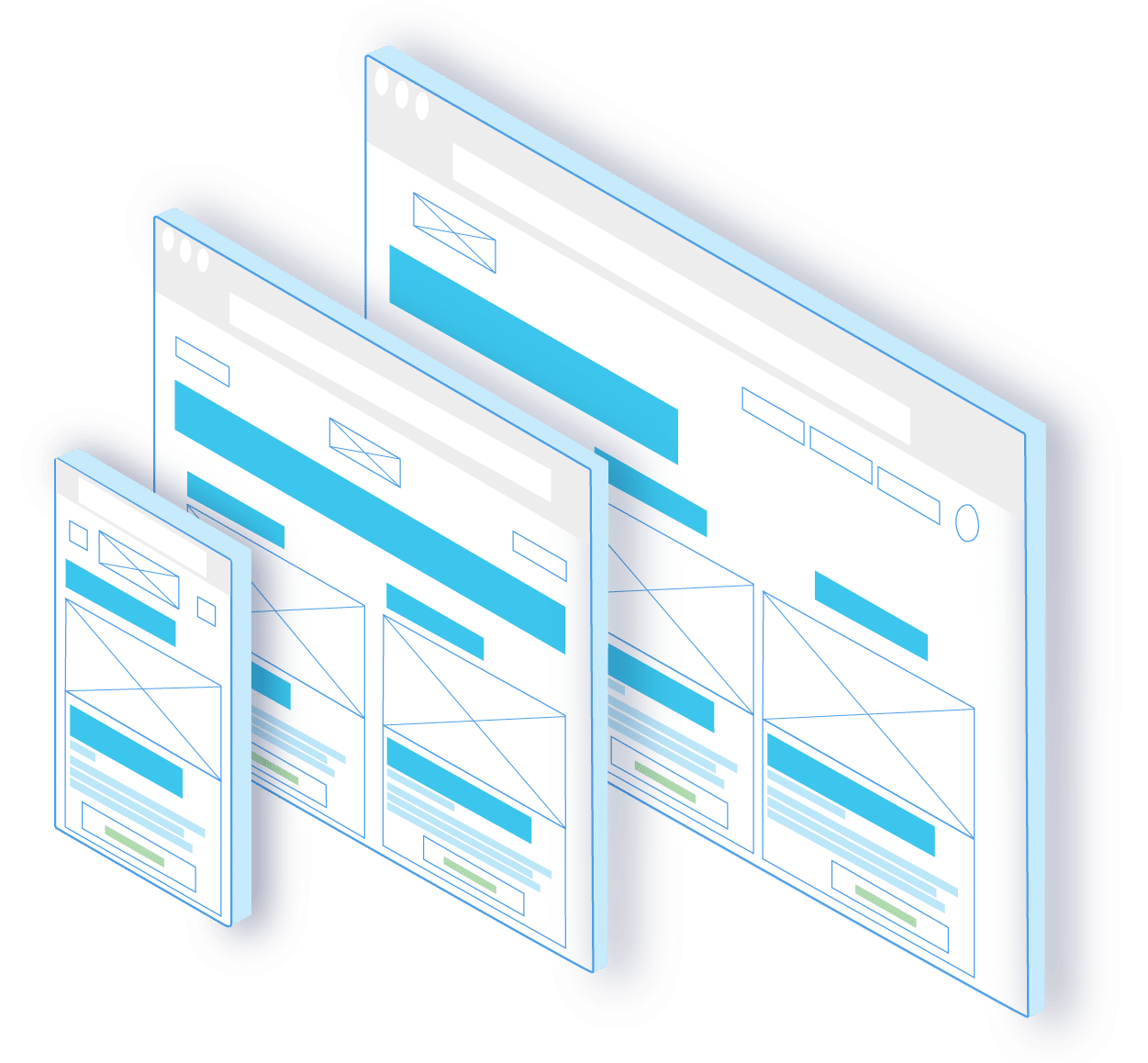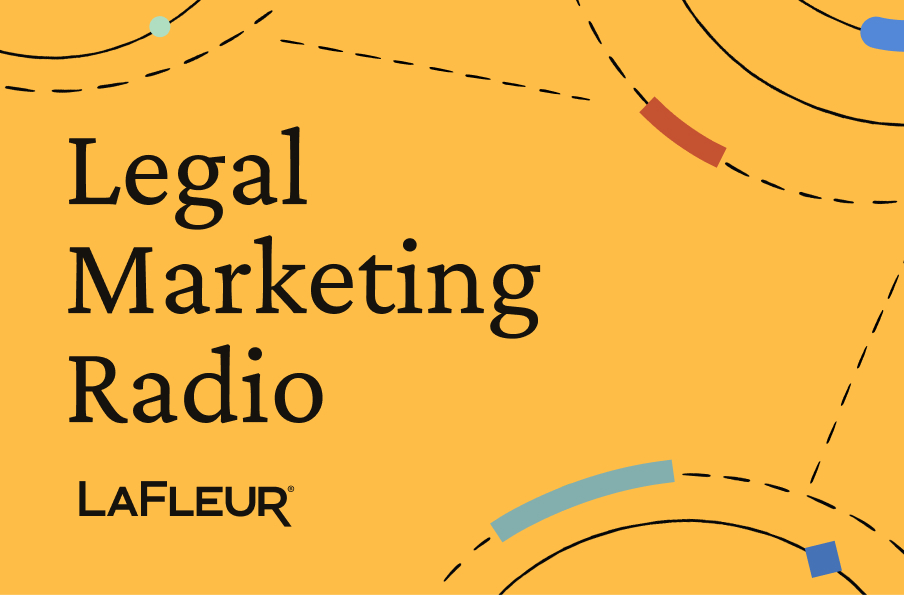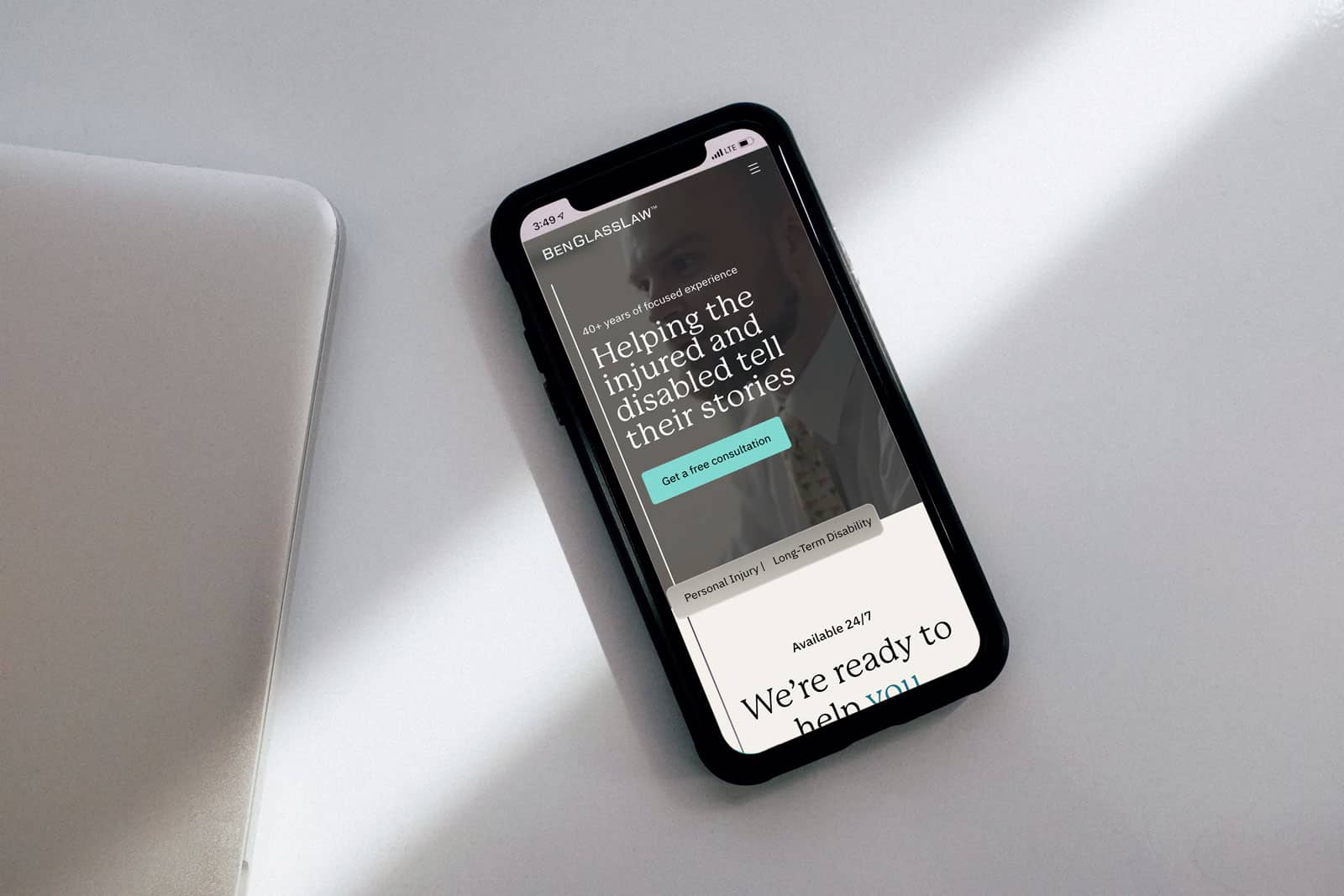What Is a Landing Page?
Here’s a simple landing page definition: a landing page is any page someone lands on after engaging with your brand.
A person can engage in many different ways. Here are just a few of the most common avenues your clients and customers can take to a landing page:
- An organic search engine result (“Googling” something)
- A paid search result (one of the ads on a search engine results page, or SERP)
- A paid or organic post on social media
- A title, image, or link in an email
- A dedicated webpage address (URL) used for traditional marketing assets (a postcard, brochure, print ad, piece of swag like a coffee mug, highway billboard, TV or radio commercial, etc.)
- Browsing your website
- Display or remarketing ads shown across the internet
The purpose of a landing page is to get your target audience to perform a specific task. If your goal is to increase your number of newsletter subscribers, you need a landing page that allows people to provide their email address so you can send your next newsletter to them. A “conversion” occurs when a person completes the marketing goal you have set for them.
But a landing page doesn’t just need to function. It needs to encourage people to take action.
You Can Improve the Performance of Website Landing Pages With Thoughtful, Targeted Messaging
If you want to maximize conversions, you need to put your audience first and tailor the messaging of any landing page to their needs and journey.
In our newsletter example, your audience may have different reasons for subscribing. Some may be in love with your blog content. Others might be looking for discounts. Former clients or customers might want to stay connected to your team.
They may also be coming from different locations. Some may discover a great blog article on your site through a Google search. Others might follow one or several of your social media accounts. Still others might already be in touch with someone at your organization.
In an ideal world, you have multiple landing pages to target these focused segments of your audience. Someone who wants to read more of your blog isn’t going to be persuaded to sign up for your newsletter if the landing page is about staying in touch with your team. Similarly, having a vague, generic page will not offer value propositions that resonate with your audience members’ specific needs.
For every landing page, you should test multiple versions, which is known as A/B testing. Something as simple as the color of a button can dramatically influence the success of a landing page. In one of HubSpot’s A/B tests, a red button resulted in 21% more conversions than a green one on the same webpage.
Luckily, whether you’re building one page or ten, some basic best practices will help you get the most out of your landing pages.
10 Essential Landing Page Design and Copywriting Best Practices
Before you can segment, A/B test, or even start getting conversions, you have to build your landing page. These ten essential tips will help you start with an outstanding page instead of iterating over and over again to try and get it right (although you will want to continue to optimize based on the performance of you’re A/B testing).
1. Mirror Your Landing Page and the Traffic Source
Make sure the copywriting of the traffic source, such as a search ad, closely matches the heading(s) of your landing page. If the page does not have remarkably similar wording, people will be disoriented or may even think they are being sucked into a scam.
The same principle applies to design. Make sure the color schemes and possibly even the layout closely match. For example, if the source has a smiling face in it, make sure the landing page has that same smiling face to greet your audience.
One simple way to align your landing page with your source material is to include your logo. Seeing the same logo from a source to a landing page to a thank-you page instills confidence and trust. And if you have clear branding guidelines, all your assets will have a consistent look and feel.
2. Nail Your Call to Action and Keep It Above the Fold
Landing pages should always be crystal clear about the action someone should take, and it shouldn’t be hard to accomplish. People should see what to do immediately.
First, make sure you spend plenty of time working on your call to action (CTA) button. For our newsletter strategy, we would want to avoid clichés like “Submit,” “Enter,” or “Sign Up.” Try focusing on next steps or what you are delivering. This can be explicit, like “Subscribe Now!” But it could also be more action oriented. Here are some examples: Get the Latest News
-
- Stay Informed
- Join Us
- Get Your First Newsletter Today
- Get Started
And don’t forget to make that button a contrasting color so it stands out!
You should also make sure your CTA button (or a similarly compelling CTA heading) is visible “above the fold.” That means it should appear on the landing page without having to scroll down.
3. Provide Social Proof, Testimonials, etc.
If possible, let your happy clients, customers, and/or followers do some of your work for you. When it comes to online reviews, 88% of people trust them just as much as a personal recommendation. If you can provide authentic, positive feedback about your brand or, even better, the specific offer on your landing page, it will increase trust and confidence.
4. Put an Image, Graphic, or Video on the Page
As a general rule, no one likes to see a wall of text when they get to a landing page. Break up your copywriting with images, graphics, and/or embedded videos. This will increase engagement and offer touchpoints on the page that draw the eye. Here are some dynamite ideas for visual content:
-
- A testimonial video
- A preview image of the offer (like a snapshot of a recent newsletter or a downloadable resource)
- A design-focused callout featuring a positive review
- An overview video discussing the features and/or benefits of the offer
- Customized, relevant icons to introduce content or headings on the page
5. Keep Your Landing Page Copywriting Concise
Both long-form content and shorter landing page copywriting have benefits and drawbacks. A lot of marketers will tell you to keep the text on your page to a minimum, but long-form landing pages can also be very effective.
Regardless of your approach, keep your copy concise. Use active, dynamic language. Don’t say:
If you subscribe to our newsletter, one of the benefits you will experience is getting access to our latest articles.
Instead, get directly to the benefit and keep your reader moving down the page:
Get exclusive access to our newest articles!
6. Utilize Bullets and Headings in Your Landing Page Content
One of the best ways to keep your landing page content concise and skim-friendly is to use descriptive headings and bulleted lists. Every line doesn’t need to be a bullet, but if content naturally lends itself to a list, go ahead and bullet it. Similarly, if a sentence could be summarized in a heading, truncate it and use the extra space to build your persuasive momentum.
7. Provide Assurances
Almost every landing page is asking visitors for something. Maybe it’s just their email so they can get a newsletter. Other times, it’s a heavier ask for more of their contact information or even scheduling an appointment.
If someone is on the fence about your offer, some simple assurances near the CTA button can help ease their mind:
-
- Draw attention to the security of your site by adding a security seal or badge. (At a minimum, every page with a form should have SSL.)
- Add a quick note reassuring visitors you won’t bombard their inbox (or phone) with messages.
- Restate the primary value proposition of your offer.
- Remind visitors that there is no risk to them.
- Provide a personal guarantee.
8. Remove Website Navigation on Your Landing Page or Keep It?
This is a tough call, and it probably depends on the offer type. If you have a simple offer that involves a simple request from the visitor, removing navigation to the rest of your website might help them focus on completing the task in front of them.
If you have a larger offer that involves a bigger request, letting visitors browse the rest of your site might add to your credibility. If you have high-quality content throughout your website, it will serve as yet another assurance that they are in the right place and can trust your brand.
9. Always Be Honest
The adage is true: always under-promise and over-deliver. If you oversell an offer on your landing page and it doesn’t meet people’s expectations, they won’t come back. If you’re honest and deliver exactly what you promise, your audience will follow your brand, return to your site, and reach out to you when they are ready to purchase.
10. Be Perfect
Whether it is within a social media profile, a blog article, or landing page, all of your online content should not only be compelling and dynamic. It should also be correct. Nothing ruins your credibility more than typos and other distracting errors.
You should also take a similar approach to design. If you can’t do something well, especially on a landing page, you may simply want to stick with what you know.
Or hire some experts.
LaFleur: Professional, Experienced Marketing Experts
Whether you need a brand new website or a comprehensive strategy for attracting potential clients and customers, the professionals at LaFleur can analyze your current marketing efforts and develop a customized digital marketing plan to help you achieve your business goals.
Call (888) 222-1512 or complete a simple online form to get in touch with us. We look forward to hearing from you!
References
Anderson, M. (2014, July 7). 88% of consumers trust online reviews as much as personal recommendations. Search Engine Land. Retrieved from https://searchengineland.com/88-consumers-trust-online-reviews-much-personal-recommendations-195803
Porter, J. (2017, July 28). The button color a/b test: Red beats green. HubSpot. Retrieved from https://blog.hubspot.com/blog/tabid/6307/bid/20566/the-button-color-a-b-test-red-beats-green.aspx





